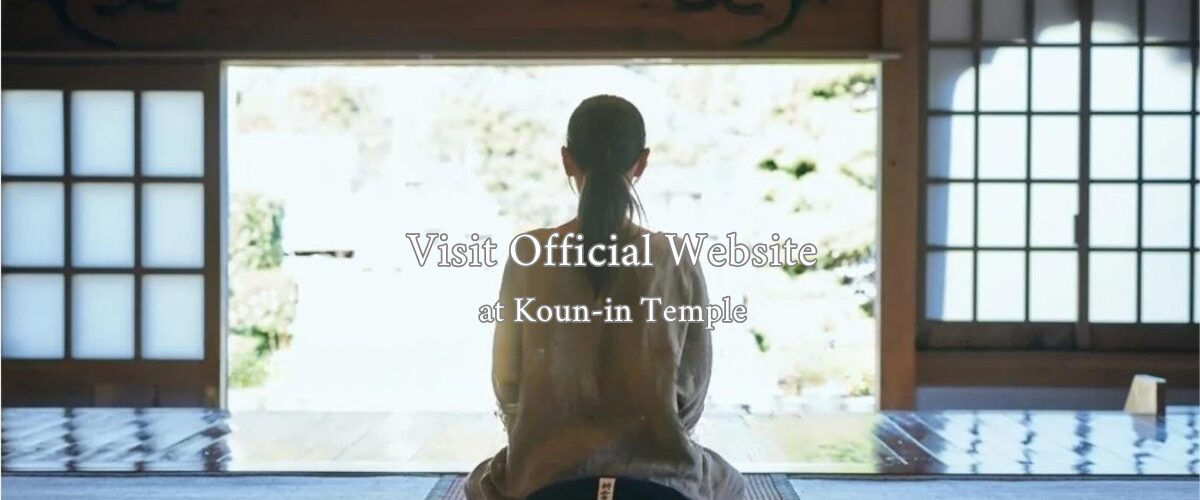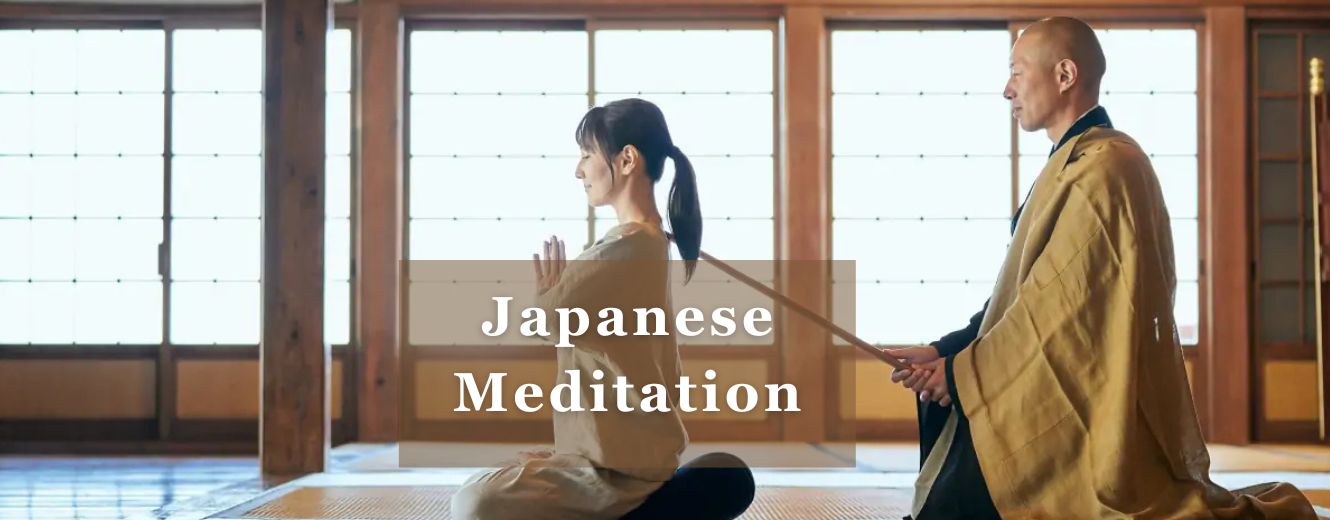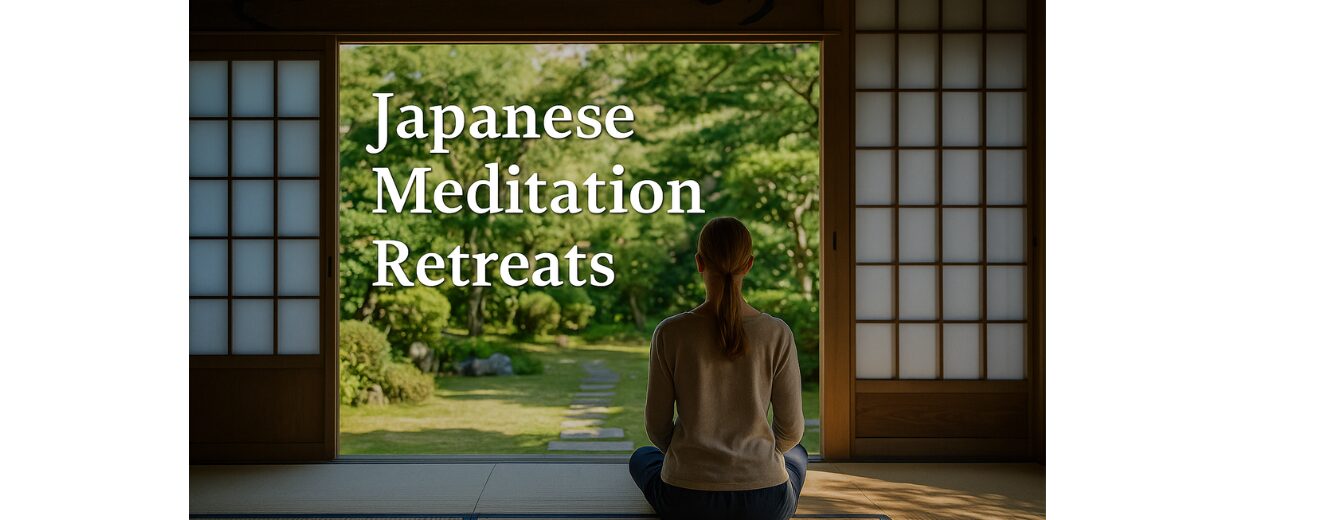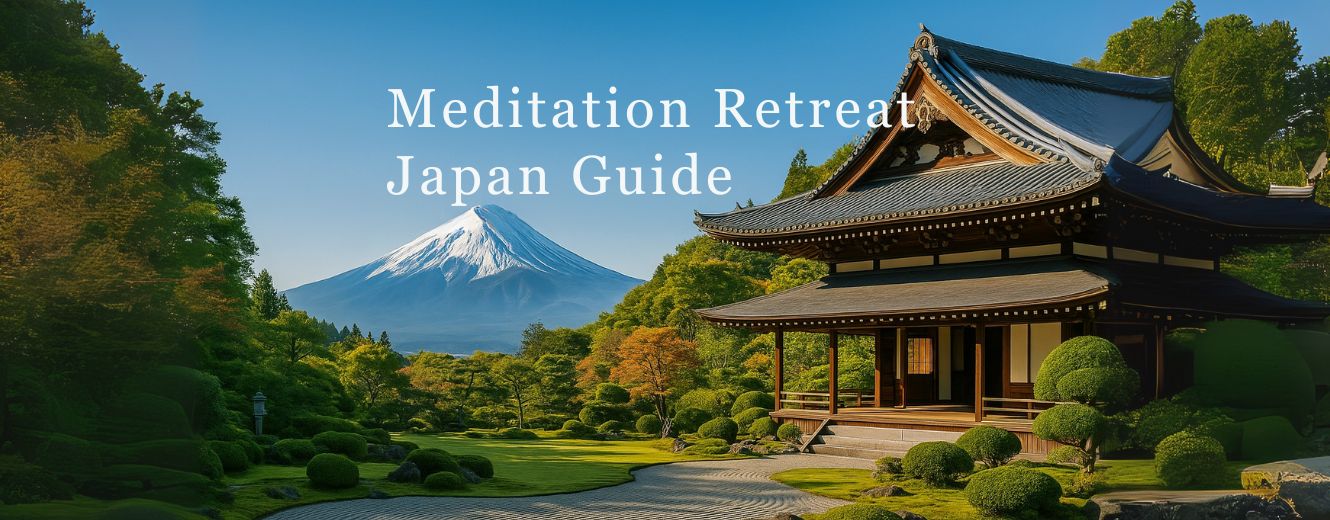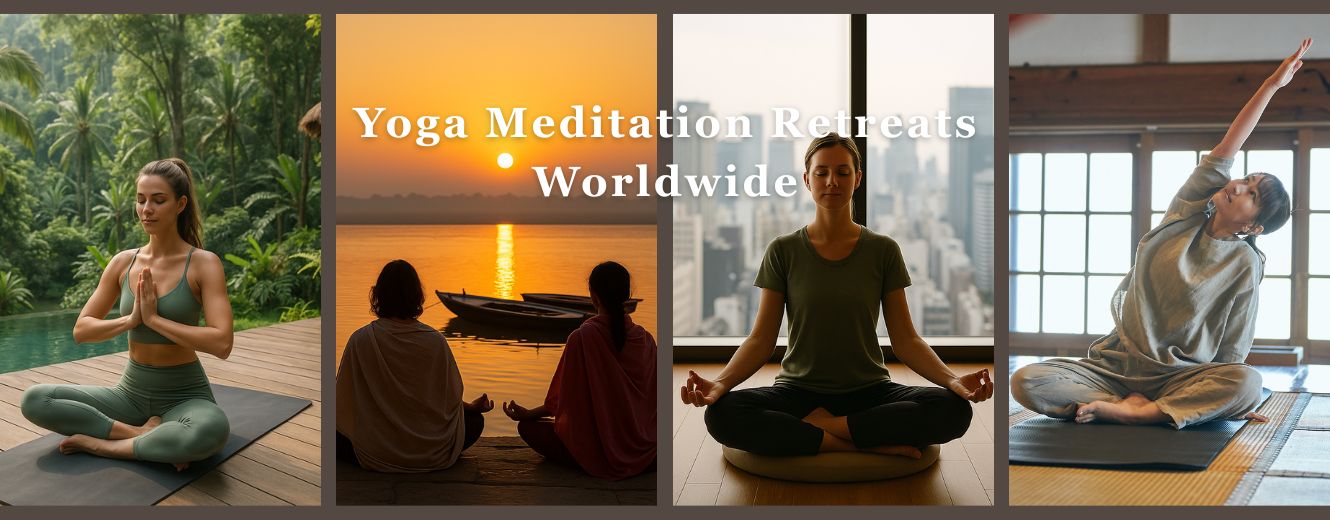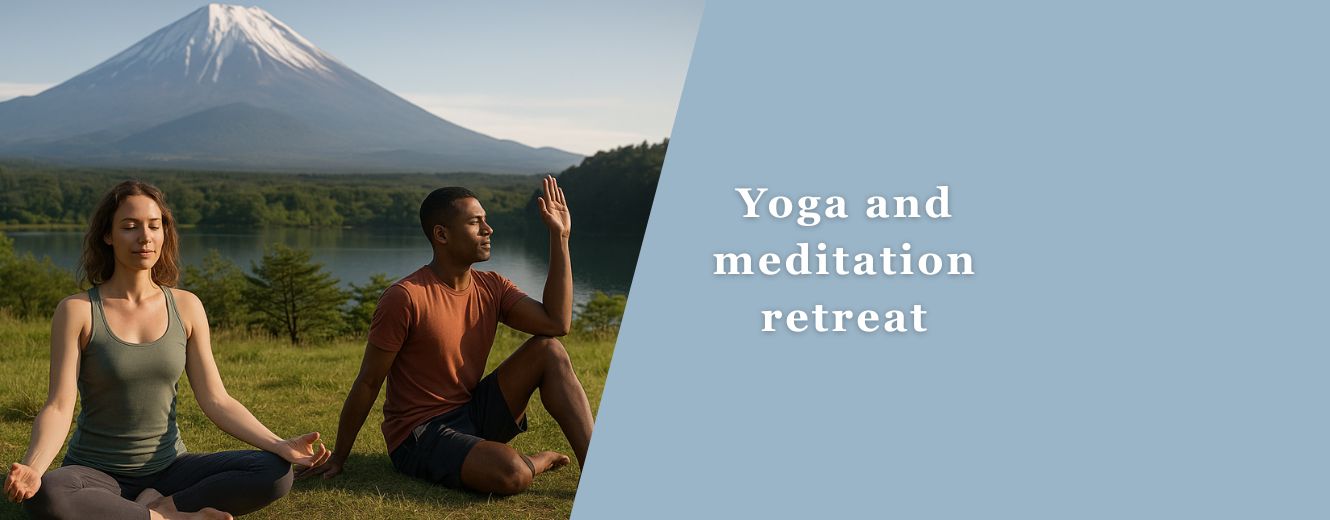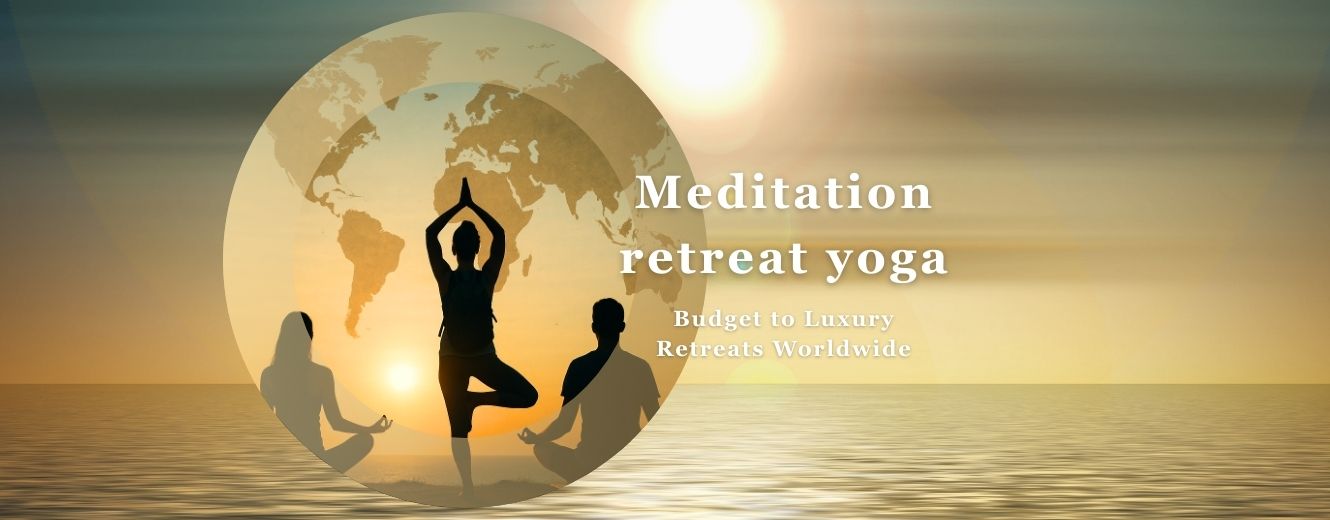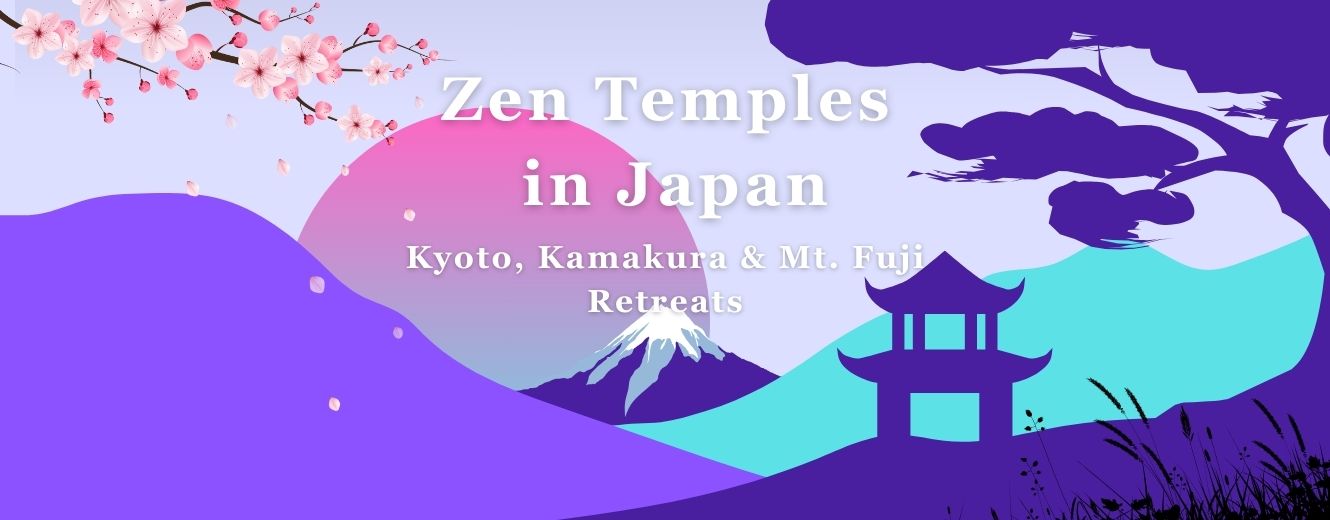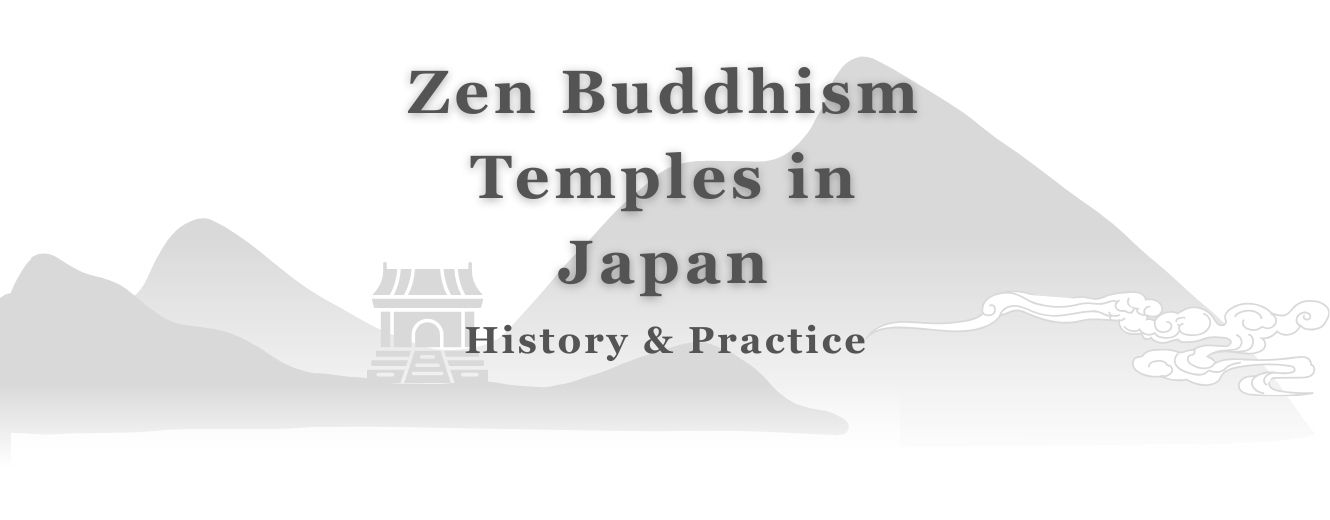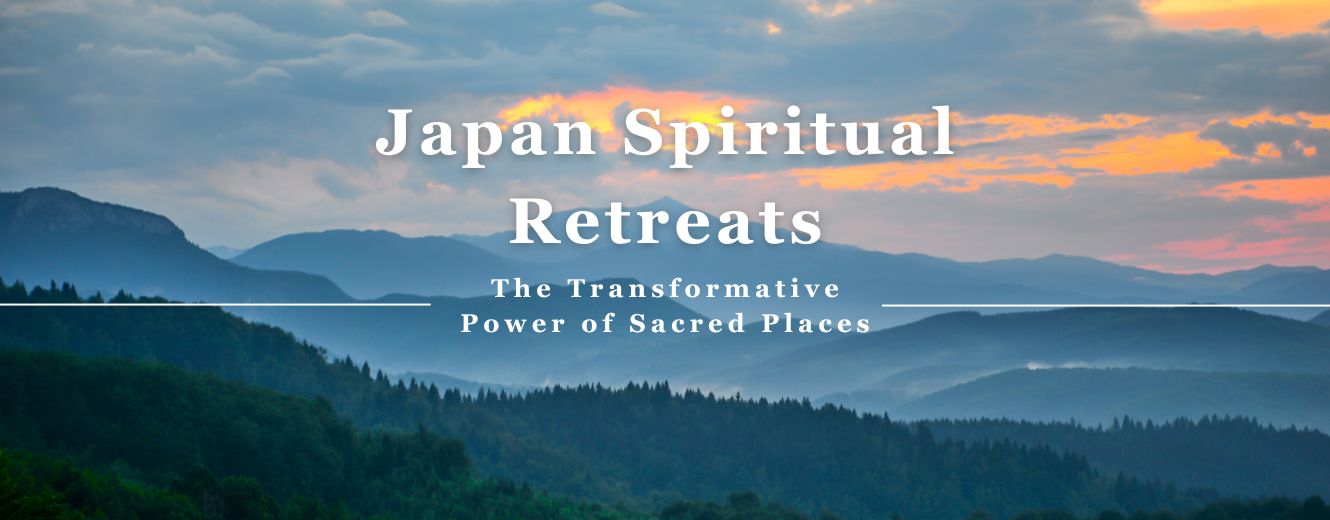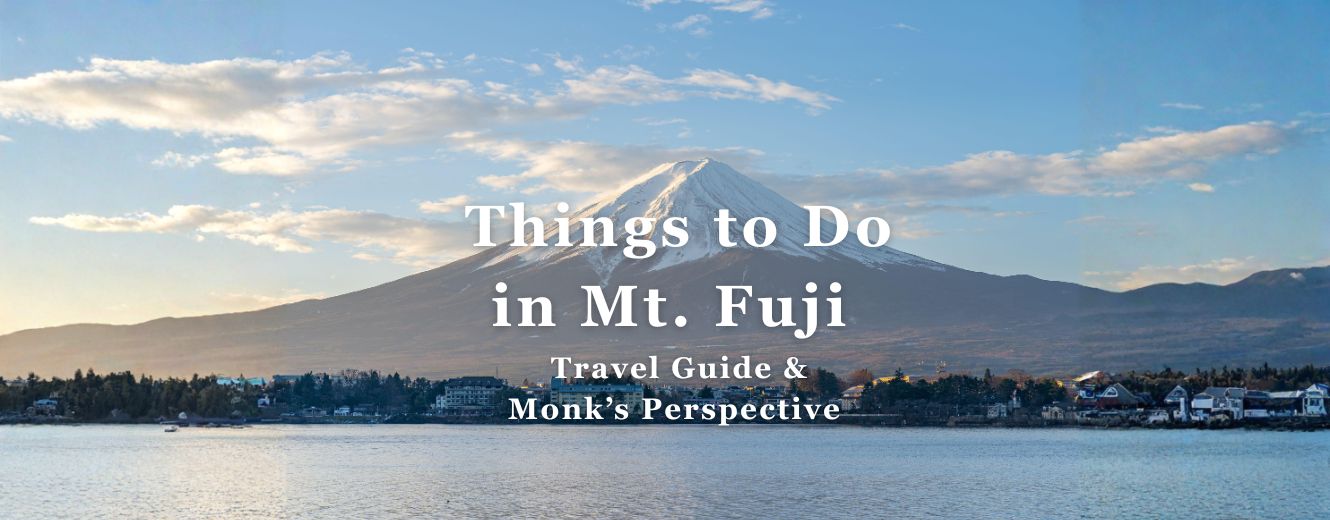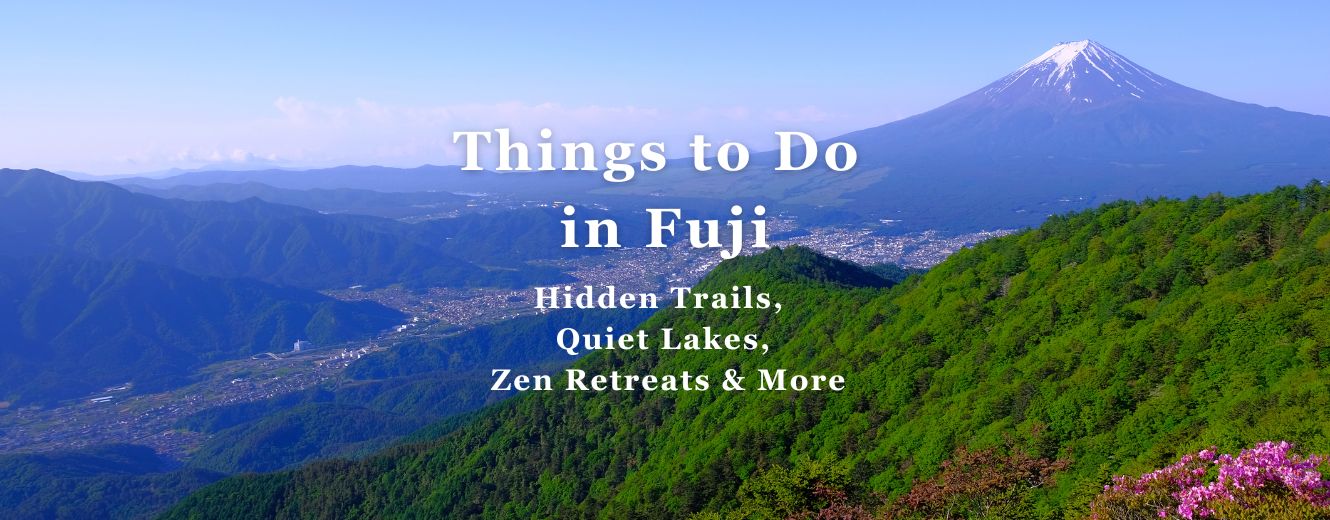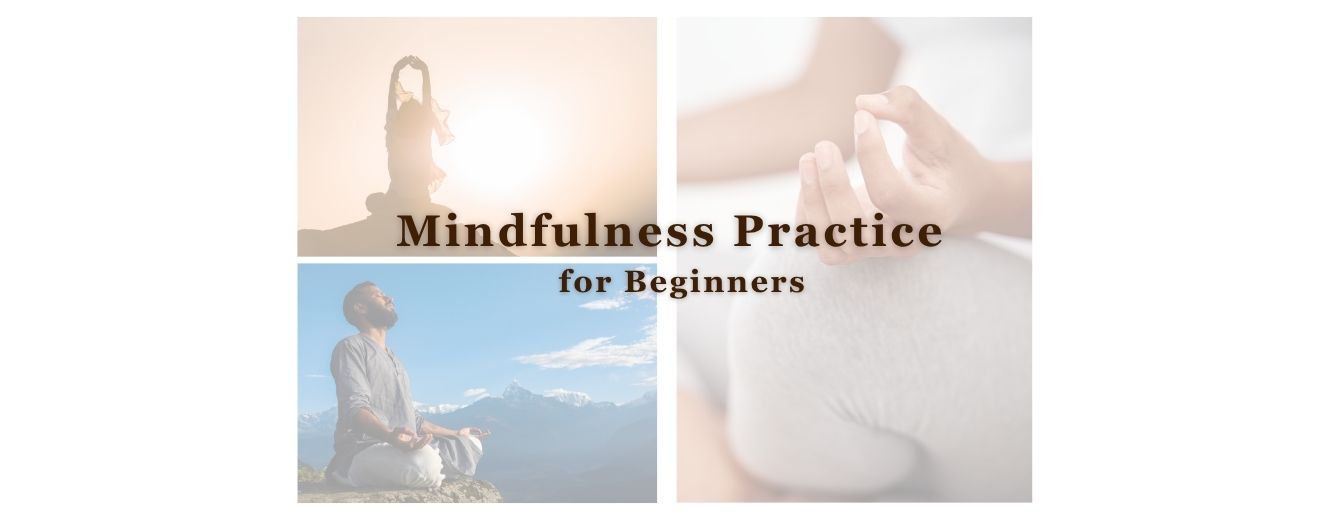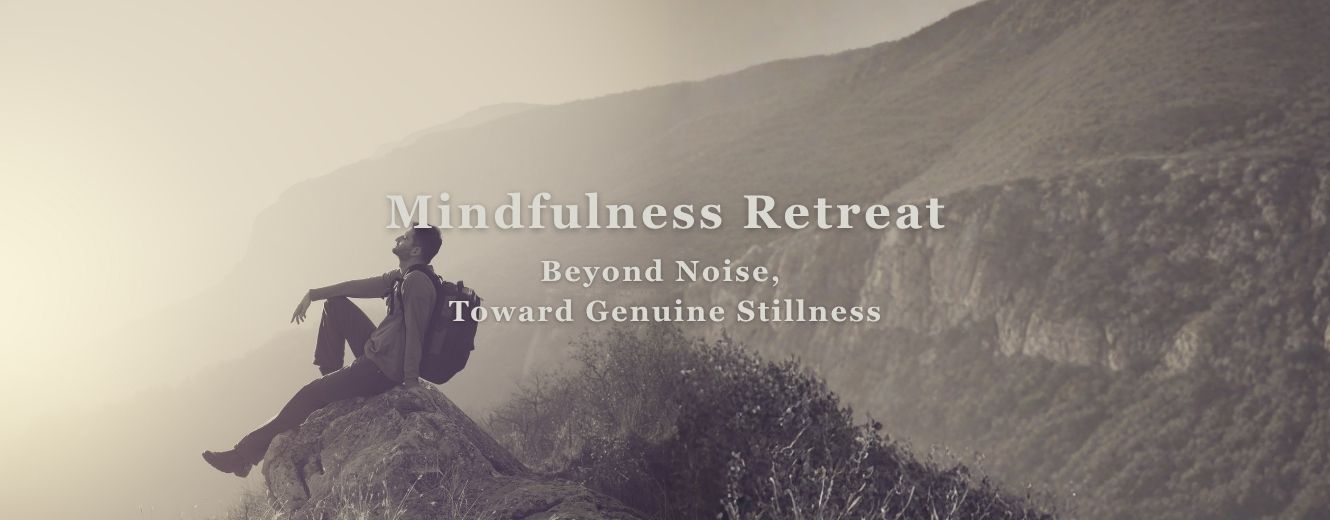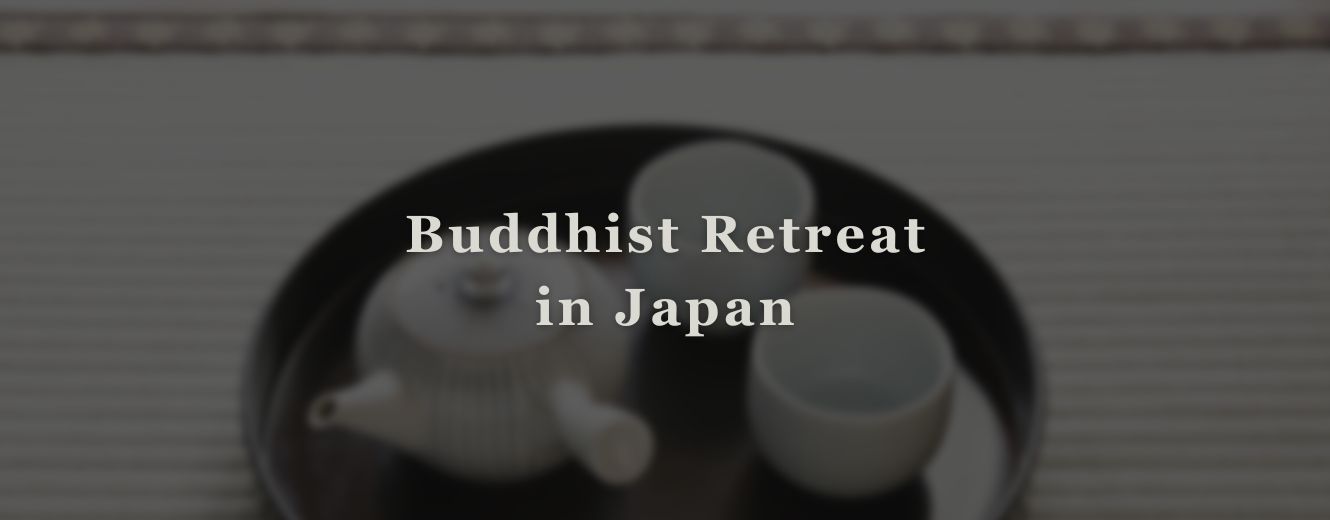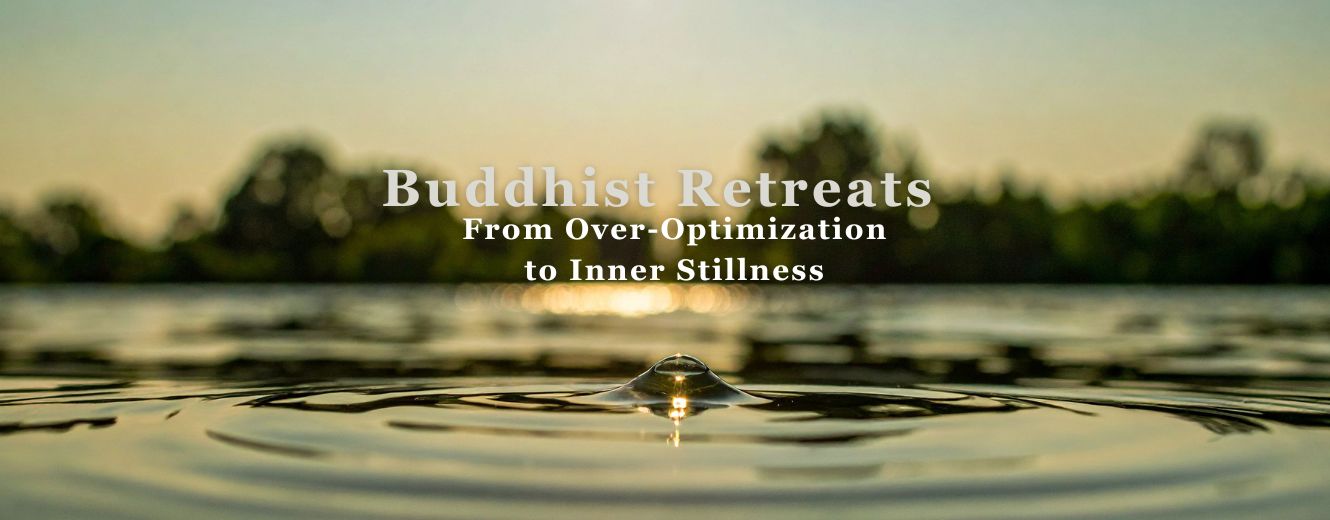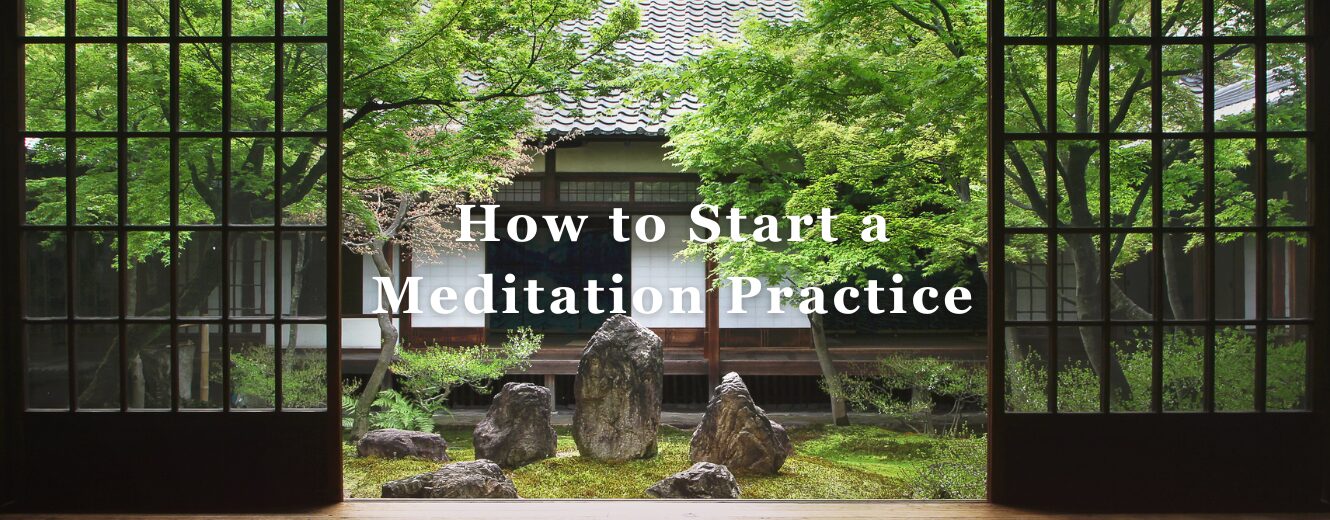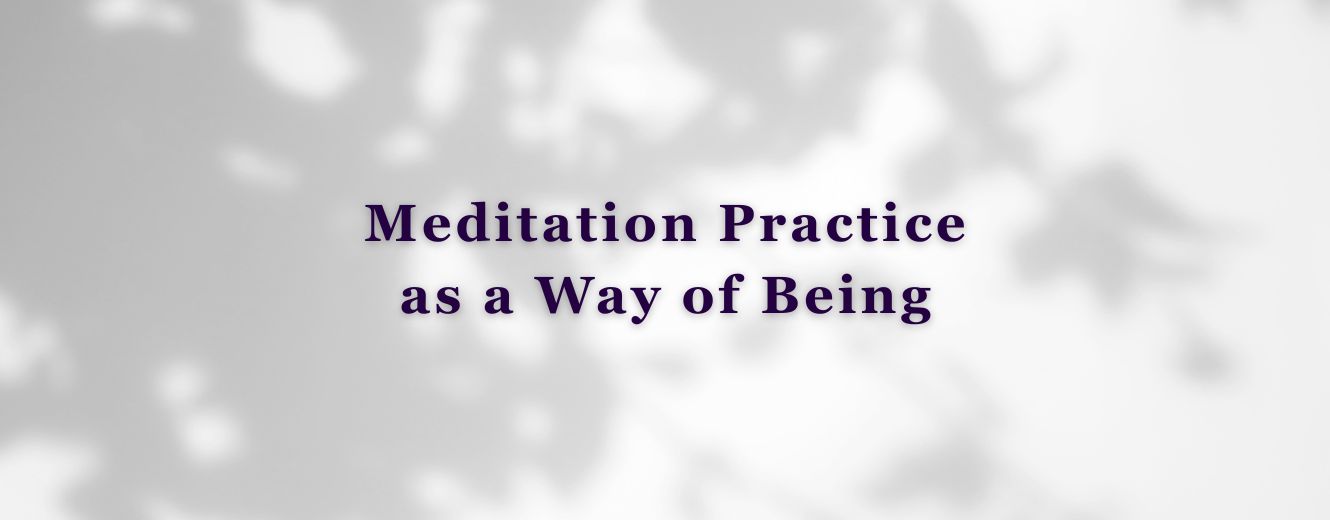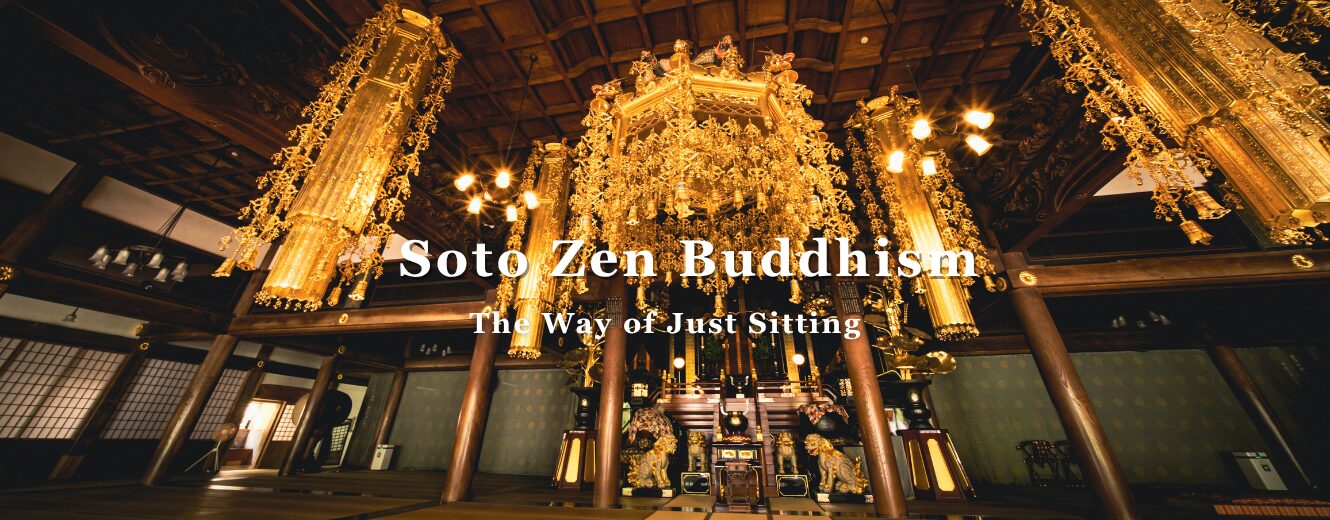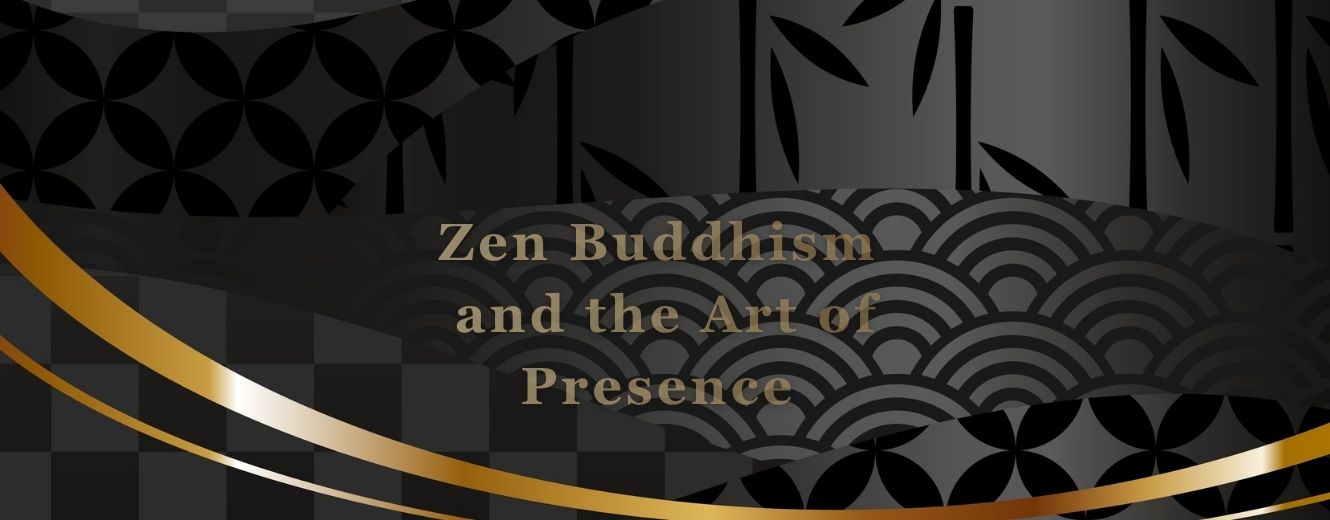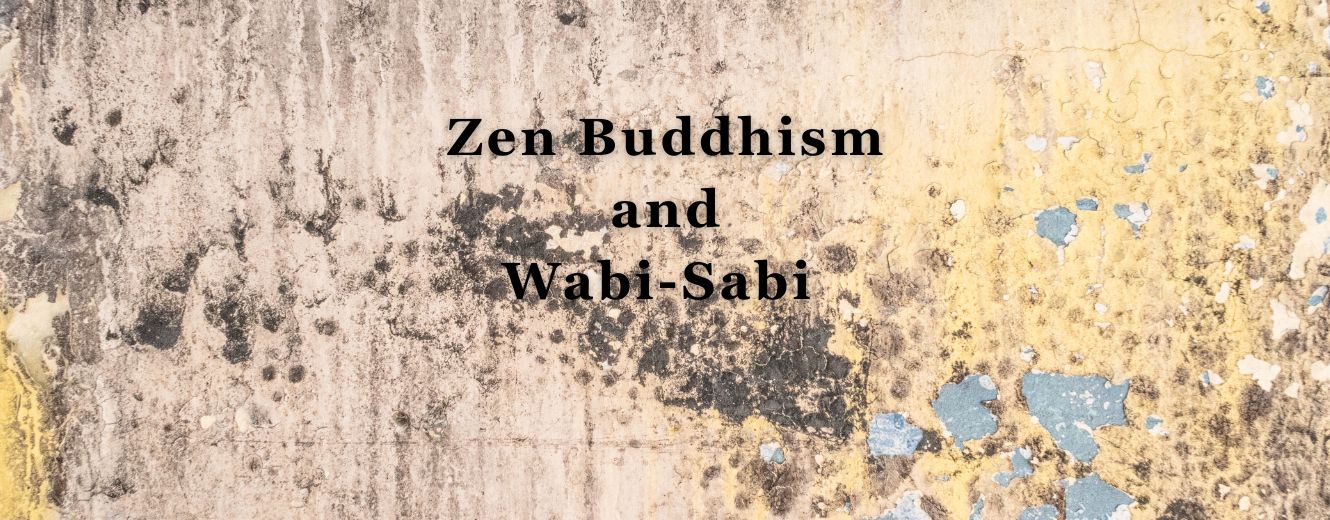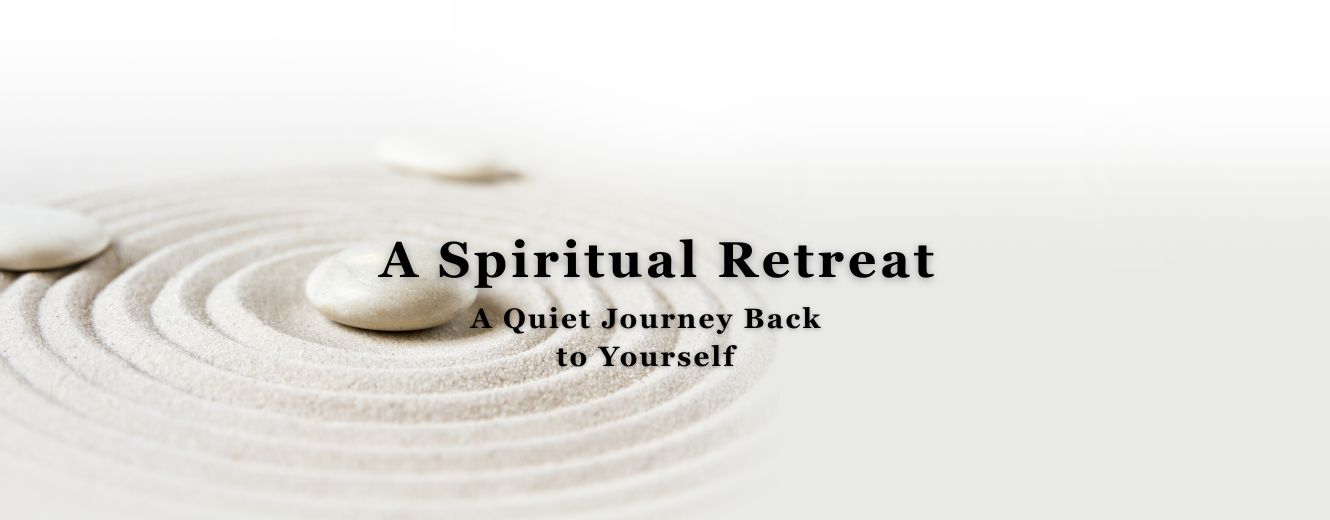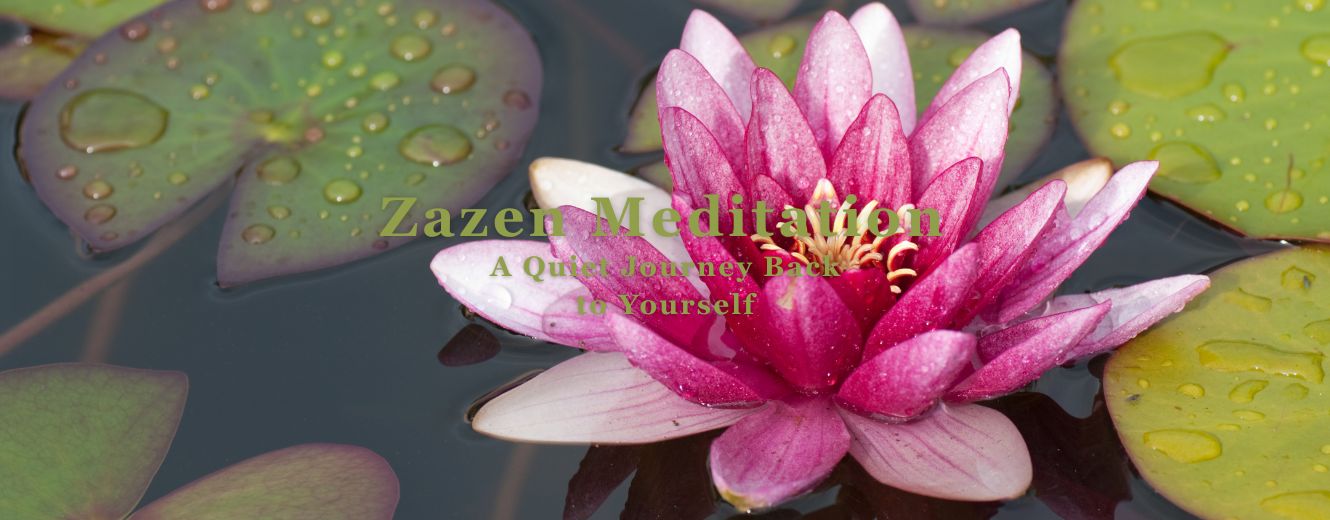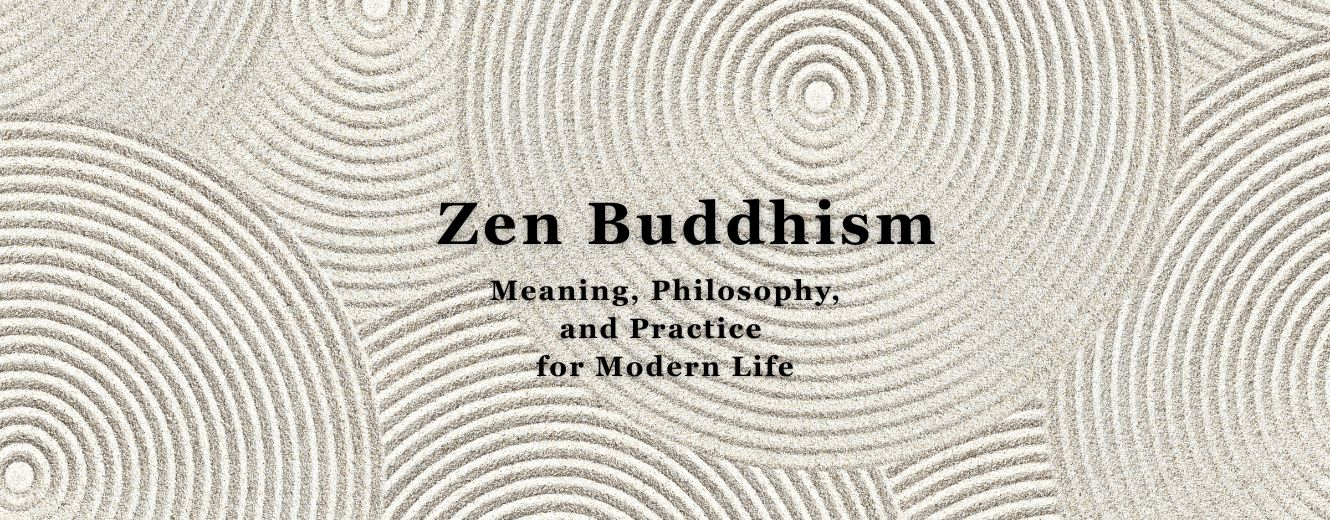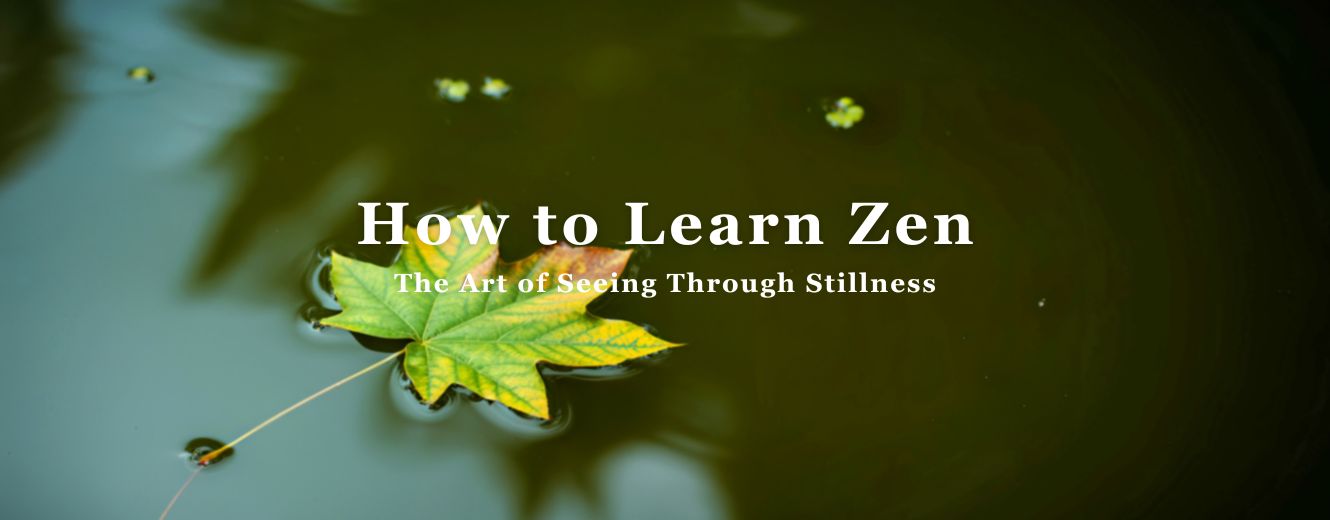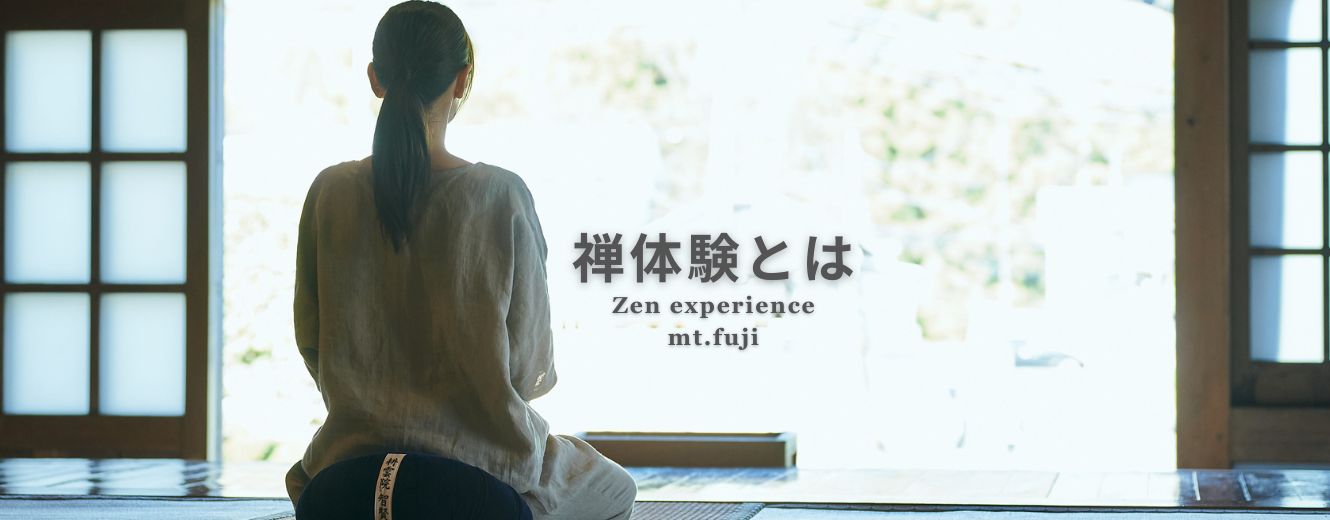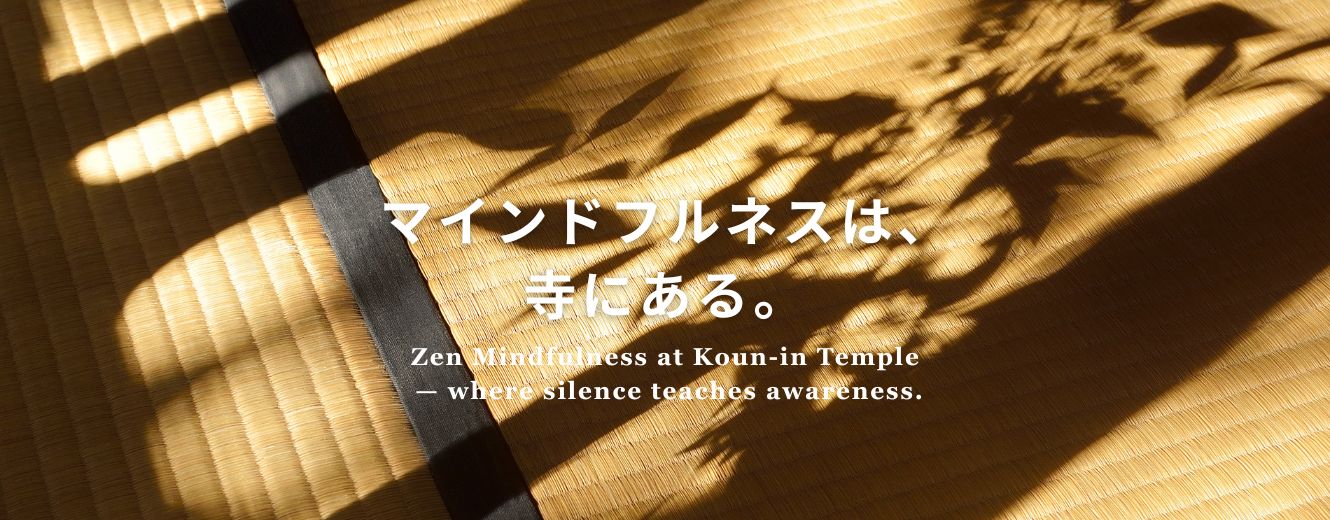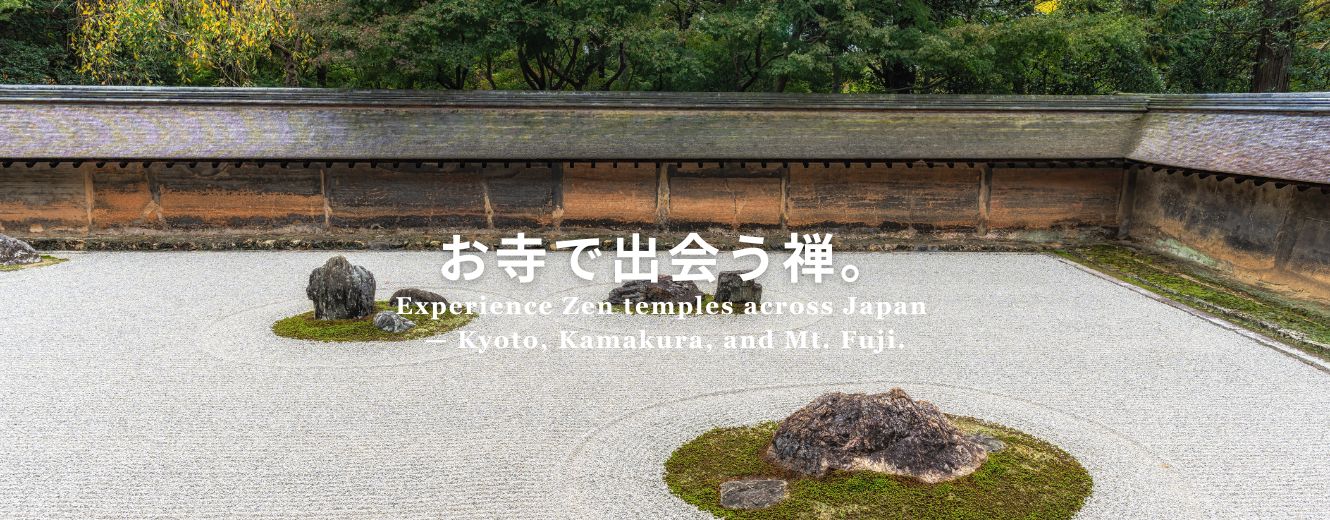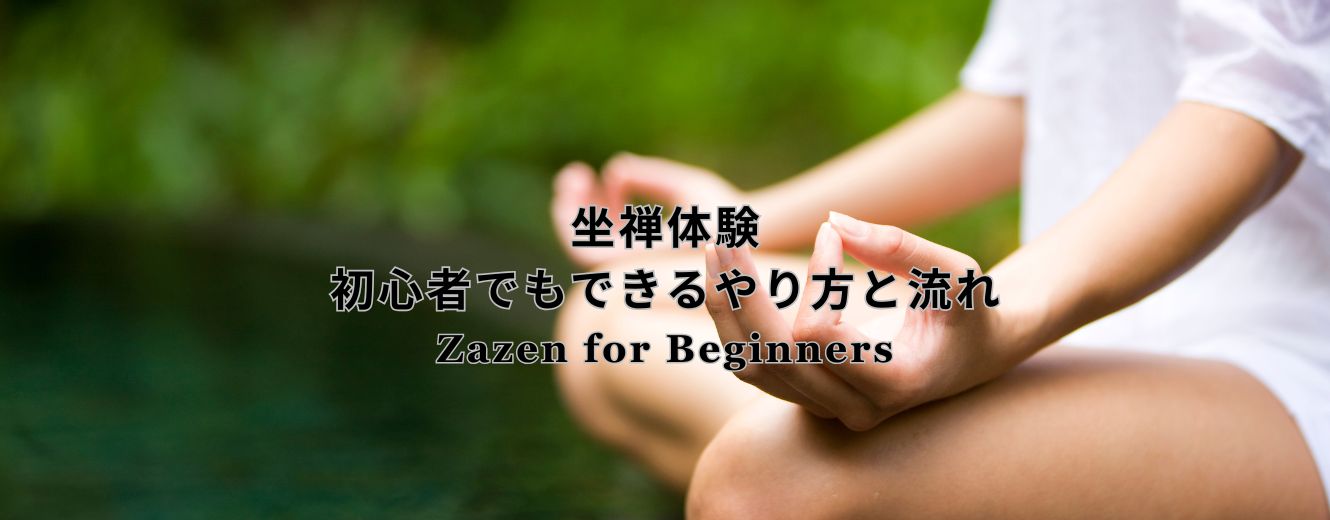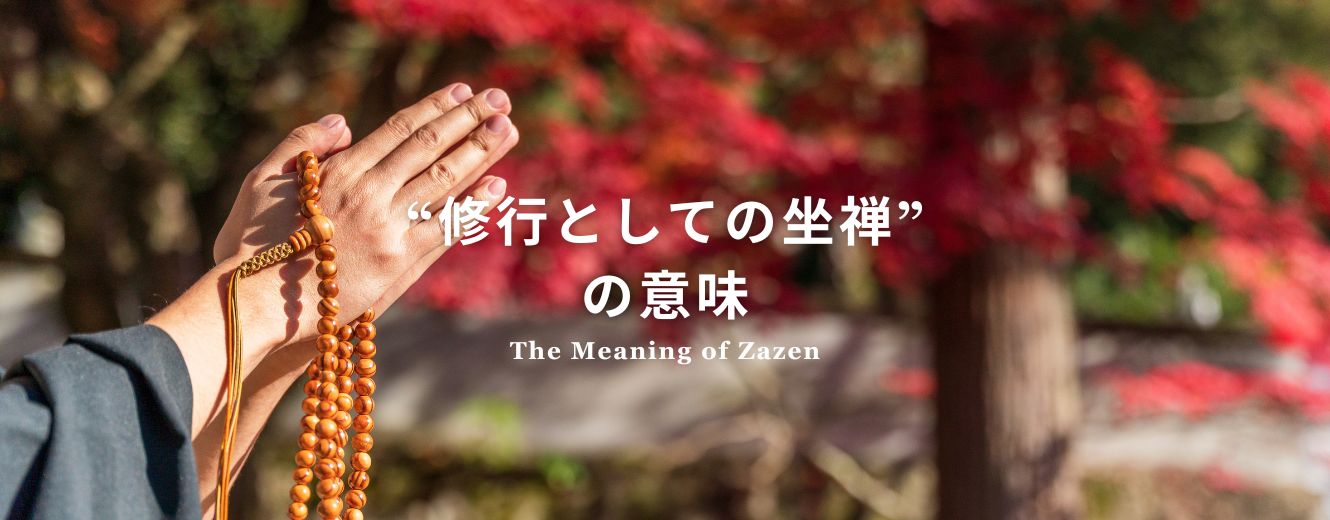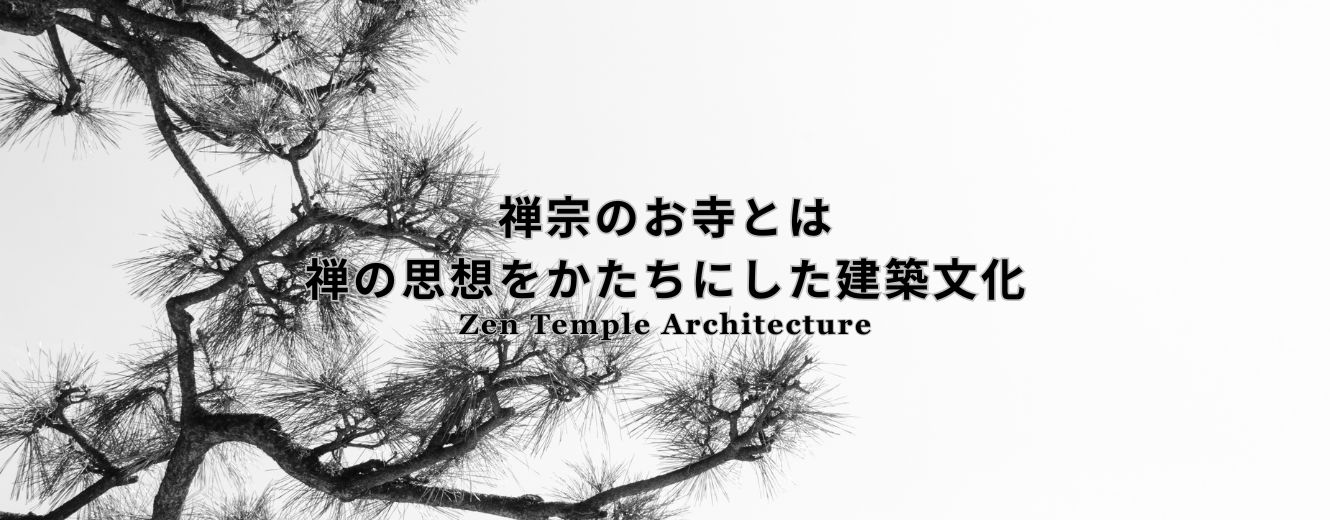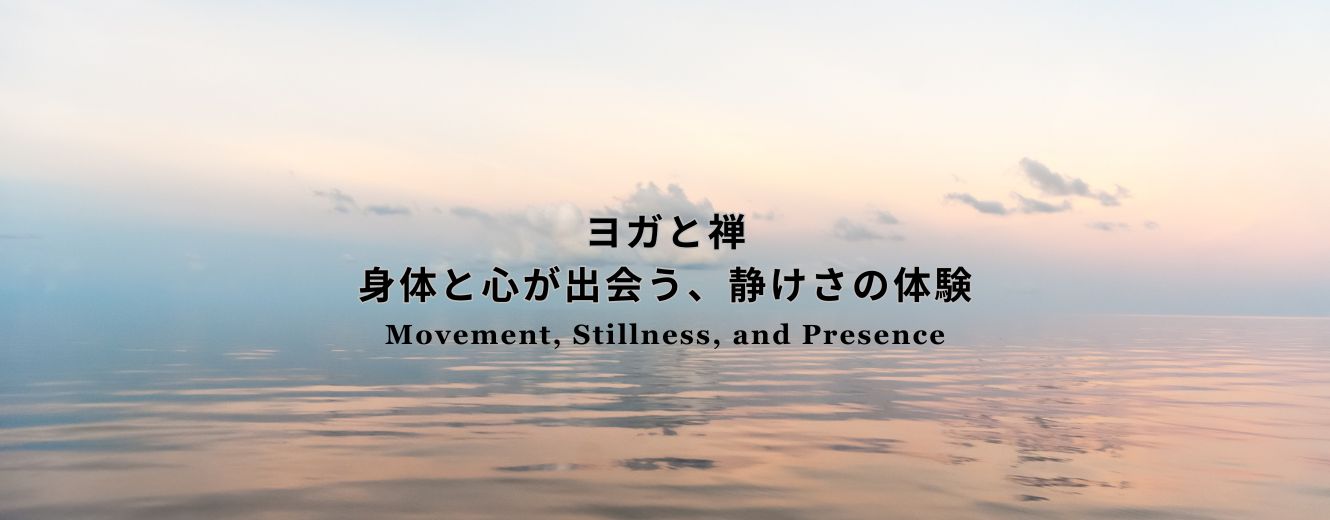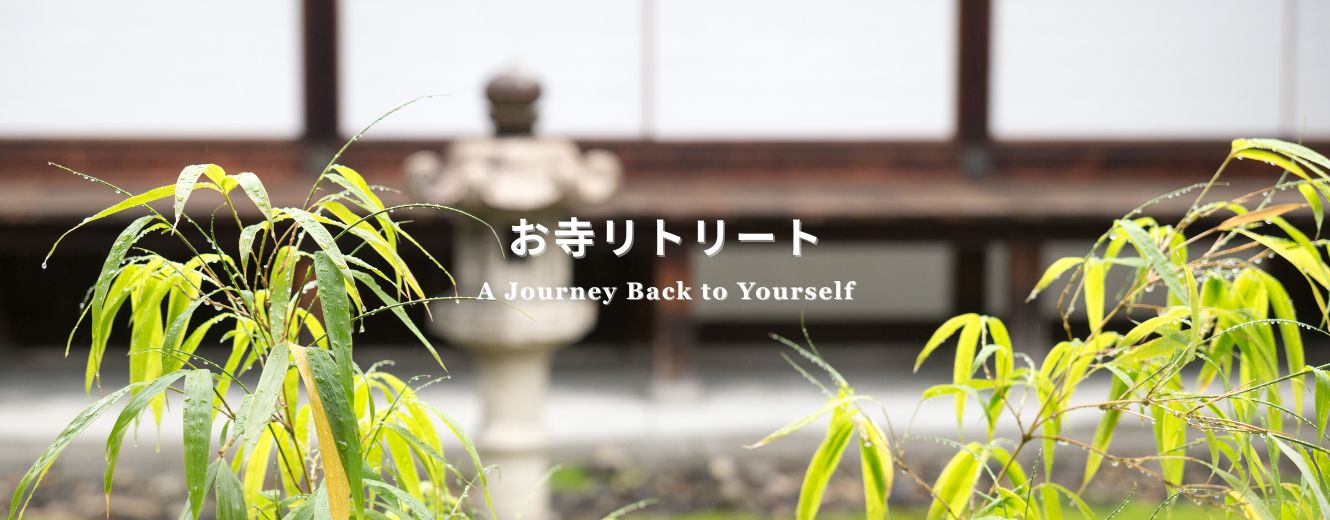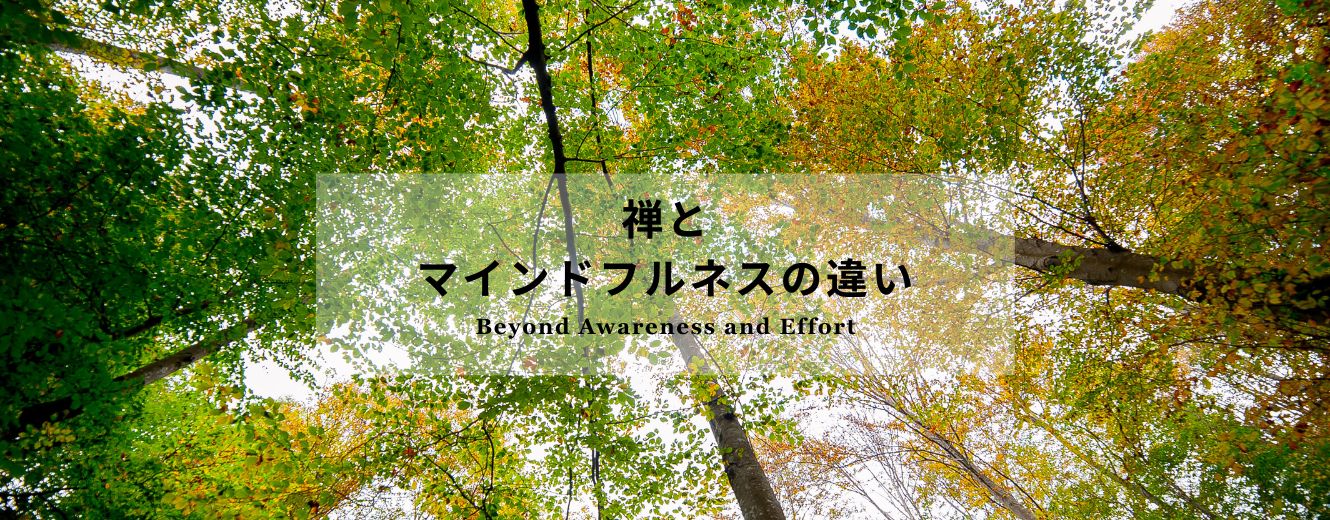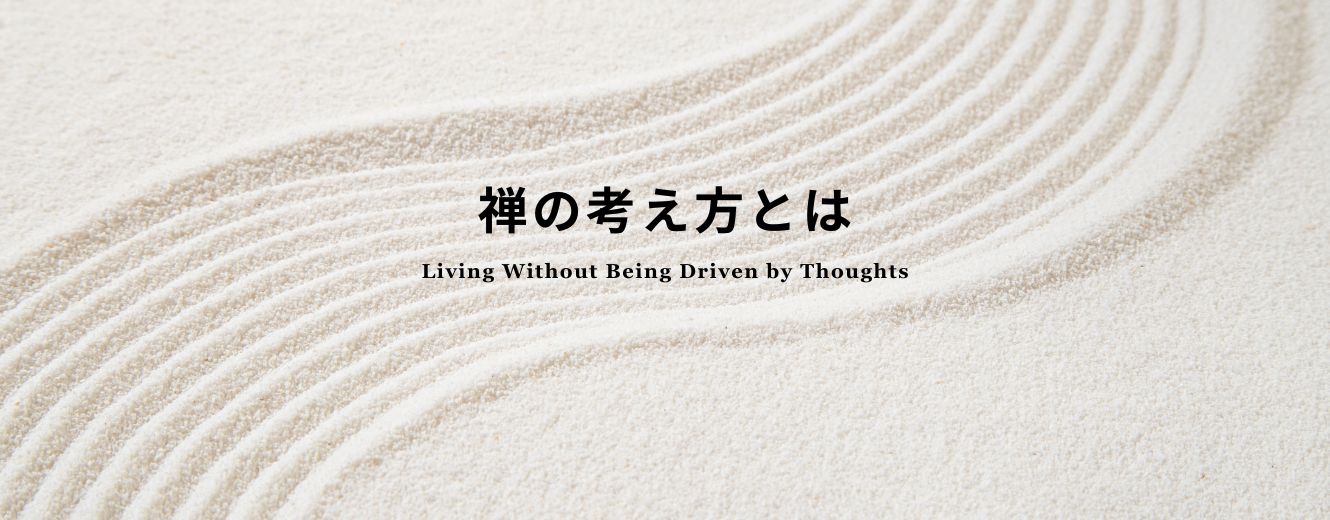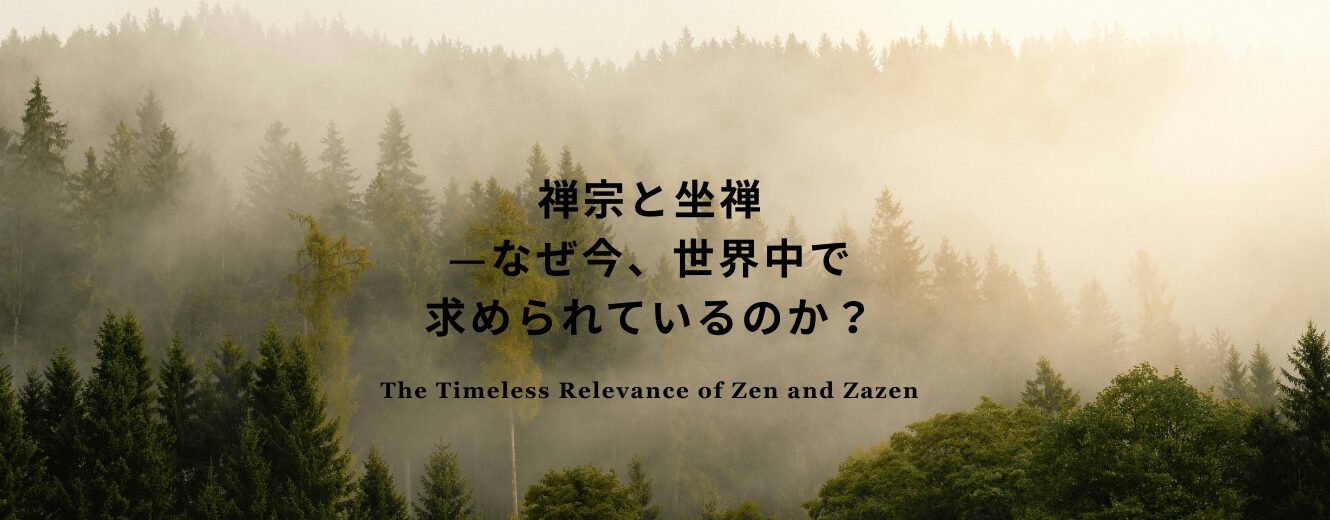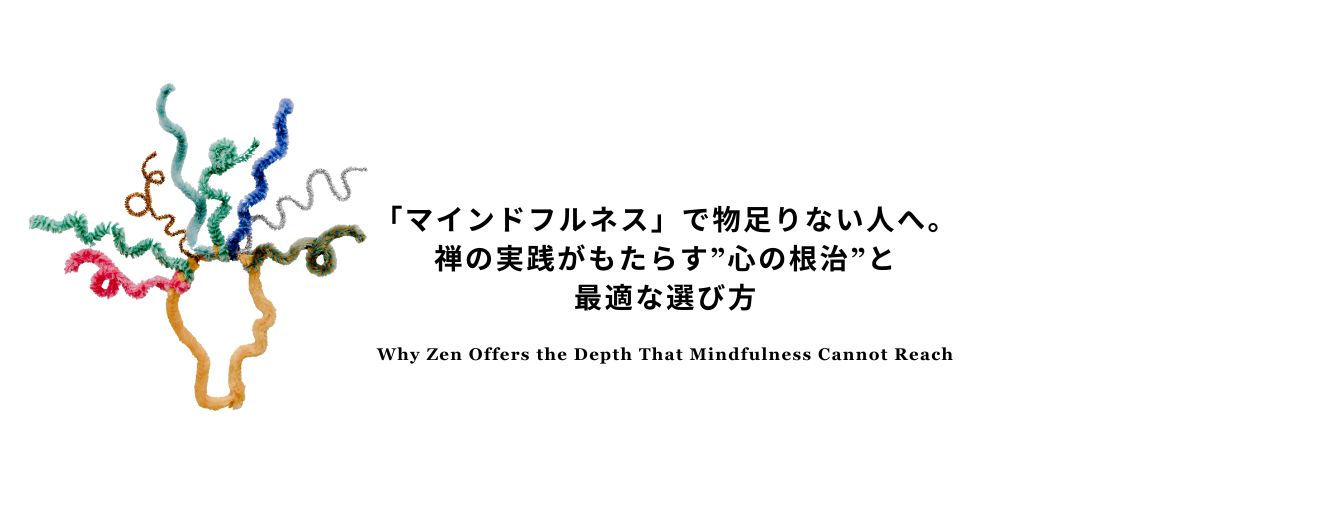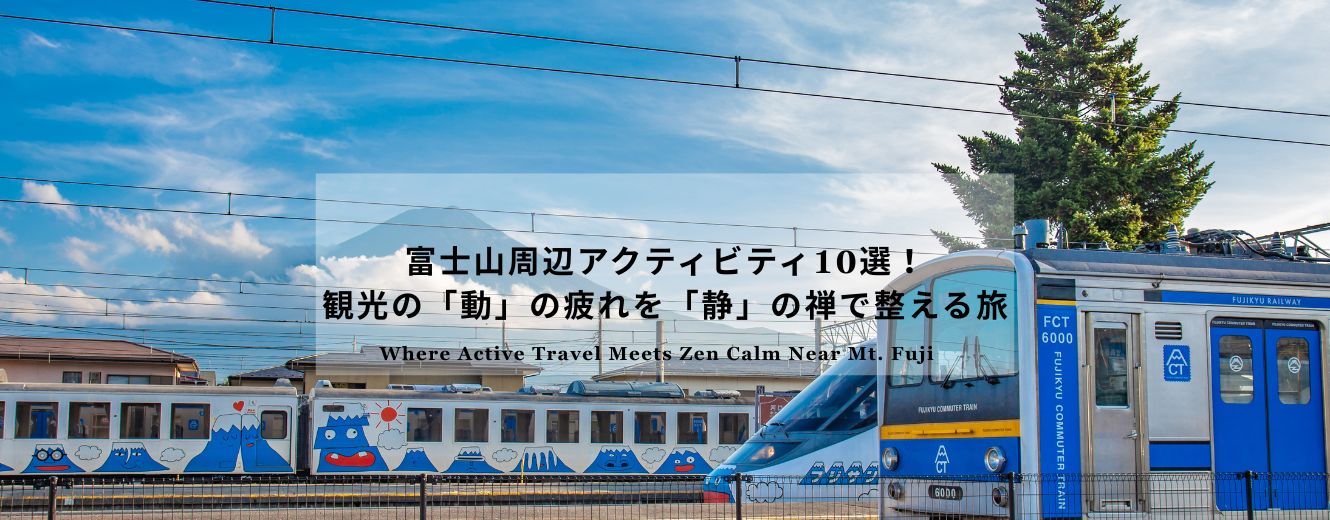
Mindfulness How to Practice — Simple Daily Steps to Calm the Mind
On this page
Why Mindfulness Matters Today
You wake up, check your phone, scroll through notifications, maybe answer a few emails before coffee.
By the time your day officially starts, your mind is already sprinting — projects, worries, what-ifs.
You’ve worked hard to build your career and stability, yet somehow peace feels harder to find. Even in quiet moments, your thoughts keep running in the background.
Mindfulness offers a way to pause — not to escape life, but to come back to it.
It’s not about religion or perfection. It’s about training your attention to return, again and again, to what’s happening now.
Science backs it up: mindfulness lowers stress hormones, improves sleep, sharpens focus, and helps you reset your nervous system.
But beyond data, it reminds you of something simpler: you’re not your thoughts — you can step out of autopilot, one breath at a time.
How to Practice Mindfulness — 3 Simple Techniques
1) Mindful Breathing — Returning to Your Anchor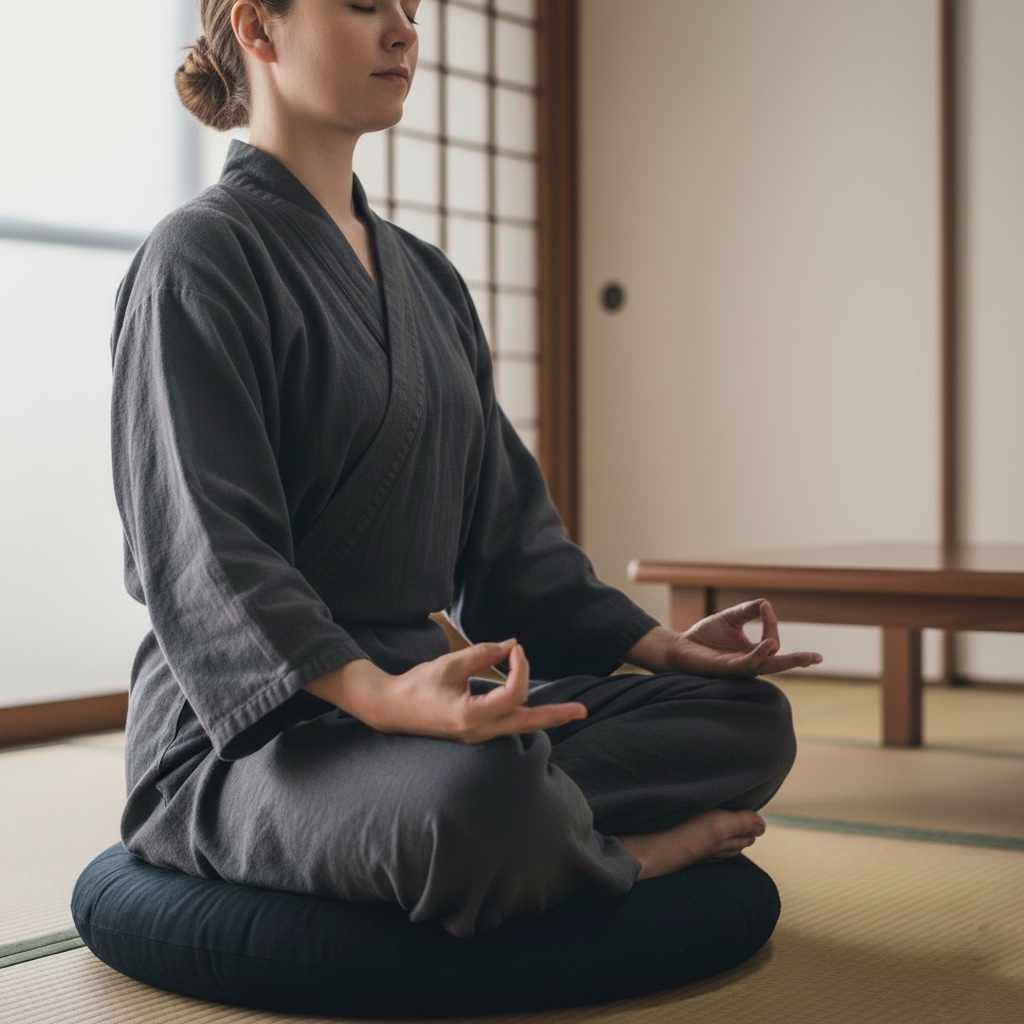
Sit comfortably, spine straight, eyes gently closed. Notice your breath as it moves in and out. Count four as you inhale, hold for four, exhale for four.
Your mind will wander — it’s supposed to. When it does, simply label it “thinking” and return to your breath.
The practice isn’t about control; it’s about awareness — training your focus to return home every time it drifts. Each time you notice your thoughts and come back, you’re already practicing mindfulness.
2) Body Scan — Listening Without Judgment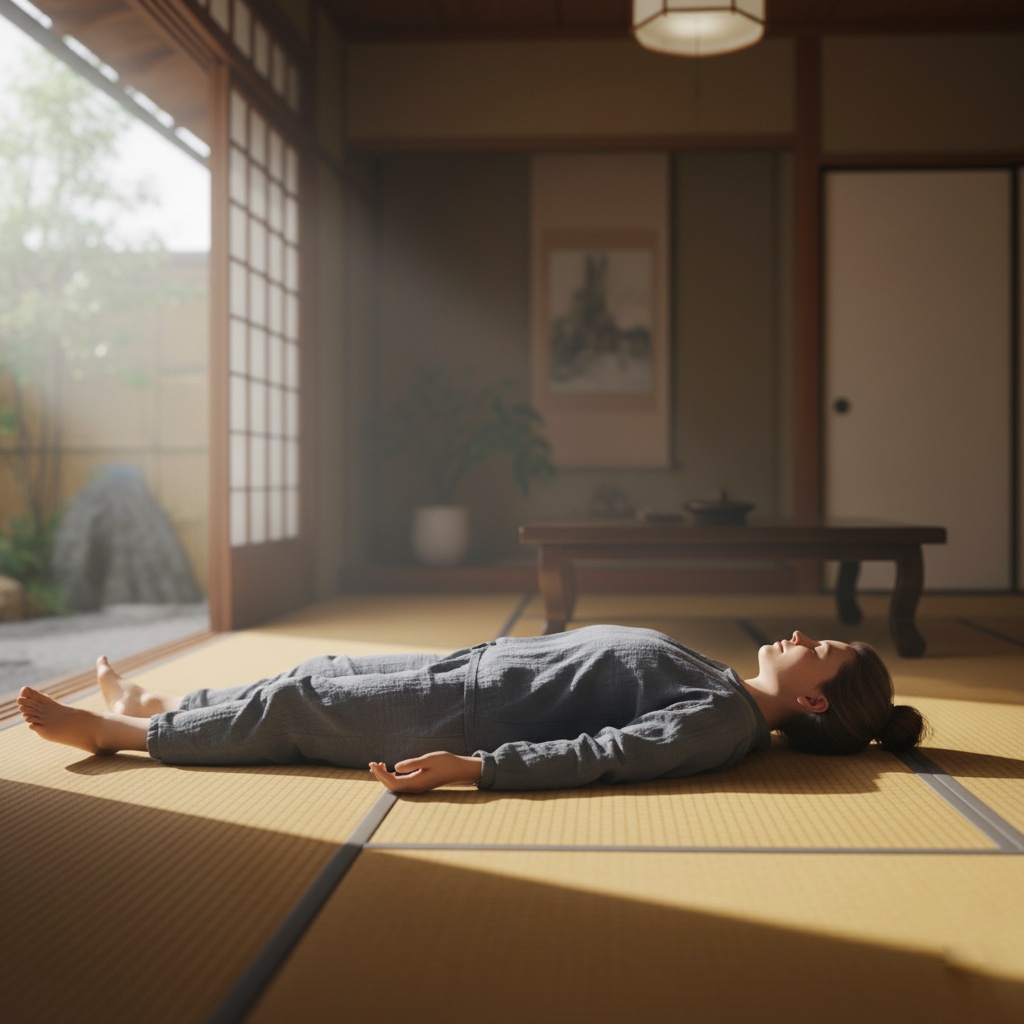
After a long day, lie down or sit quietly. Bring awareness from the top of your head down to your toes.
Notice any tightness, heat, or subtle sensation — without trying to fix or change it.
This simple act of noticing reconnects you to your body — a reality most of us ignore while lost in thought.
Research shows that regular body scans reduce cortisol levels and improve sleep quality by calming the parasympathetic nervous system.
3) Everyday Mindfulness — Awareness in Motion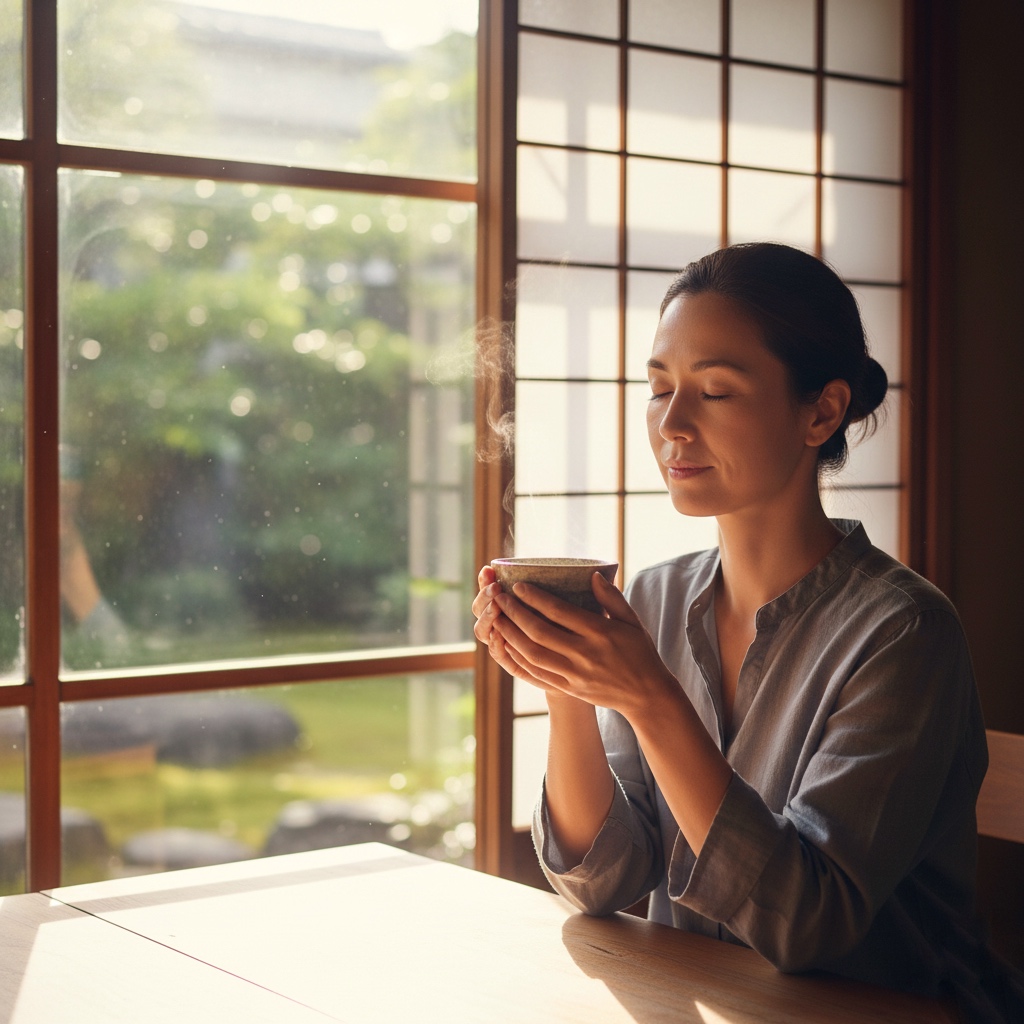
You don’t need a meditation cushion to be mindful.
You can practice while walking, eating, or drinking your morning coffee. Slow down.
Feel the warmth of the mug in your hands. Notice your breath between each step.
In Zen, this is called “being fully present.
” When you give your full attention to small moments, they begin to feel sacred — even ordinary life becomes meditation.
Common Challenges and How to Stay Consistent
If you feel distracted, restless, or bored — congratulations, you’re human.
Mindfulness isn’t about clearing your mind; it’s about noticing what’s already there.
Here are a few ways to stay consistent:
- Create space: Build micro-breaks into your day — even two minutes count.
- Find a rhythm: Practice at the same time each morning before checking your phone.
- Return to now: When anxiety pulls you into the future, or regret drags you into the past, anchor yourself in this breath.
Every return is progress.
You’re rewiring your brain for calm — one moment at a time.
When You’re Ready to Go Deeper — From Everyday Mindfulness to Zen
Once mindfulness becomes familiar, Zen offers a deeper path — not as a new technique, but as a way of being.
In Zen meditation (Zazen), there’s no goal or achievement.
You simply sit, breathe, and notice.
As Zen master Dōgen said, “To study the self is to forget the self.”
In stillness, thoughts rise and fall like waves.
Peace is not something you chase — it’s what remains when you stop running.
👉 For foundational context, see our guide: Japanese Meditation Retreats
Authentic Mindfulness in Japan — A Retreat Near Mt. Fuji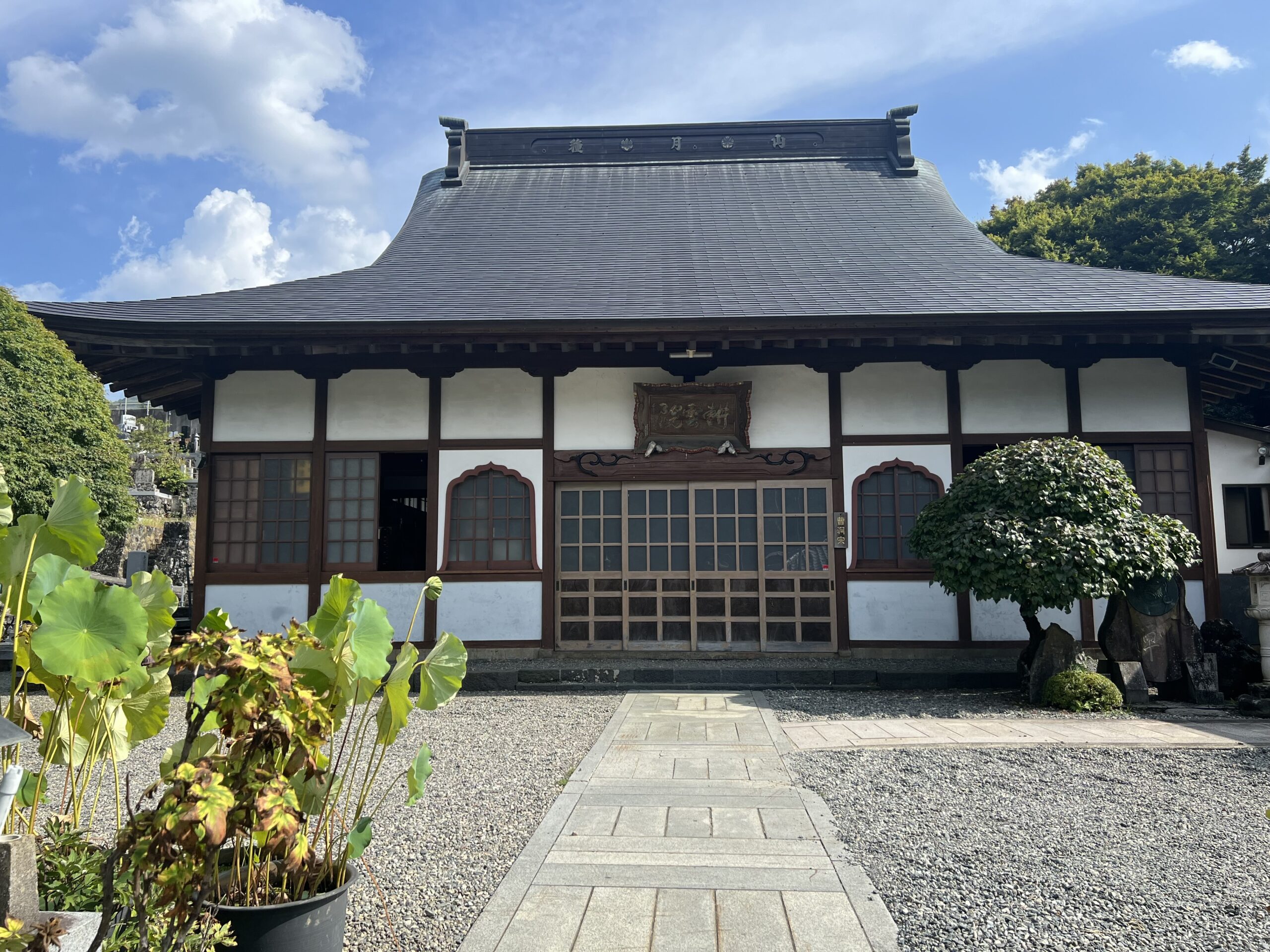
Mindfulness has Buddhist roots.
If you seek something beyond quick fixes, a retreat in Japan offers a profound experience.
At Koun-in Temple, a Soto Zen monastery founded in 1398 in Tsuru City, pilgrims once purified body and mind before climbing Mt. Fuji. Today, this tradition continues through 3–4 hour mindfulness retreats designed for modern travelers.
👉 Visit the official page: Koun-in Temple Zen Retreat
Program Includes
- Incense & mindful actions — using fragrance to shift from daily life into calm presence
- Yoga — gentle Sun Salutations to prepare body and mind
- Zazen meditation — short guided sessions in English for beginners
- Sutra copying (Shakyo) — tracing the Heart Sutra to sharpen focus and compassion
- Shojin ryori (Zen cuisine) — seasonal plant-based meals, vegan and Halal friendly
👉 For combined experiences of yoga and meditation, see: Yoga and Meditation Retreats
A Personal Note — Allow Me to Guide You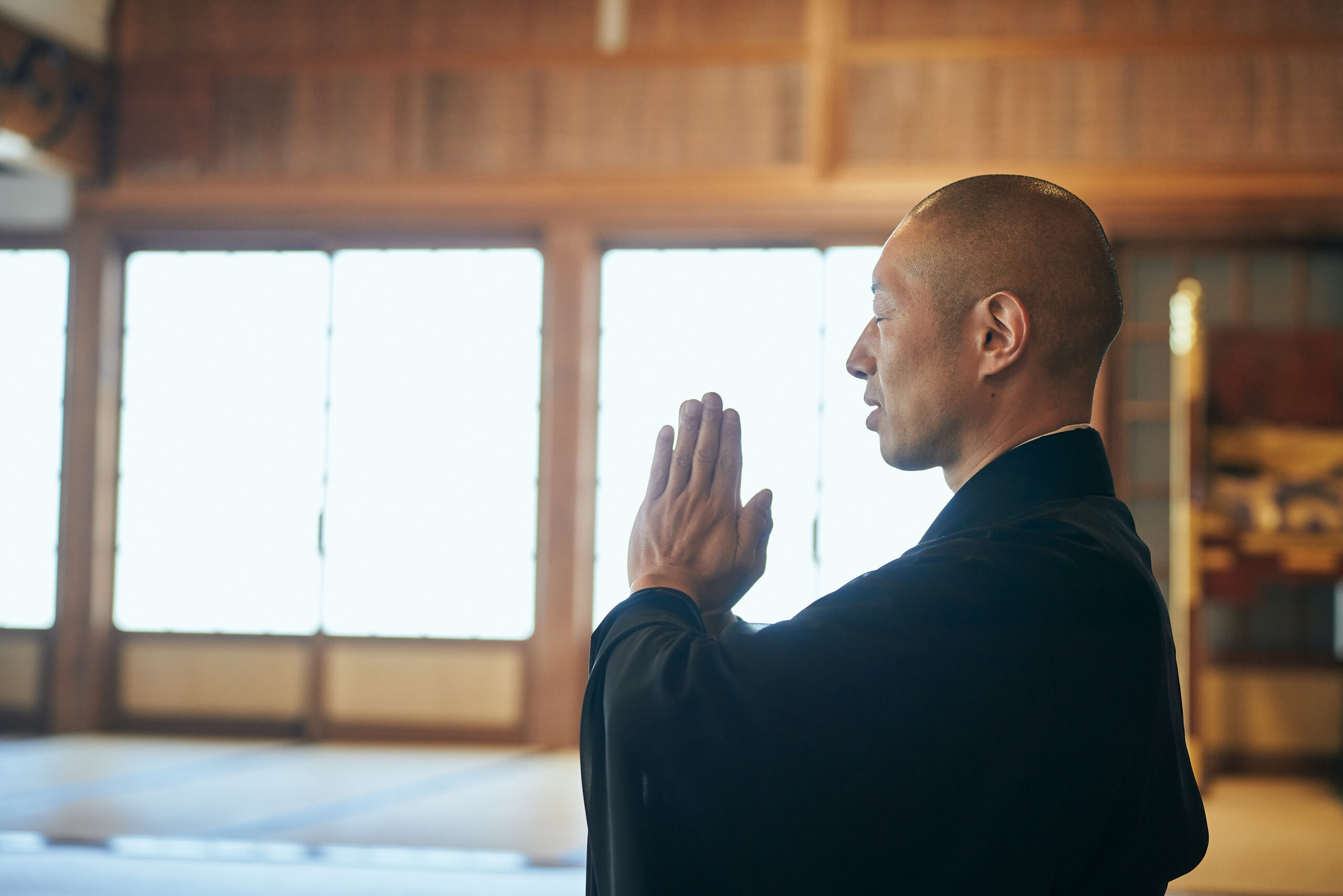
Hello, my name is Rev. Chiken Kawaguchi, Vice Abbot of Koun-in Temple, a Soto Zen monastery located at the foot of Mt. Fuji, about 90 minutes from Tokyo in Tsuru City, Yamanashi.
Born into a temple family, I once wanted nothing to do with temple life. During my student years, I loved surfing and fashion — far from Zen. But over time, I felt an emptiness that success couldn’t fill. I entered Eiheiji, the head temple of Soto Zen, and trained for four years.
Through zazen and shojin ryori, I learned to live fully in this moment.
At first, I disliked sitting, but I discovered that stillness reveals itself when you stop dividing life into like and dislike.
Modern life burdens us with roles and stress.
I was no exception. That’s why I believe Zen wisdom — just sitting, breathing, noticing — can help anyone today.
Now, I share Zen through online meditation, yoga-and-Zen retreats, and community programs such as a children’s cafeteria.
I also co-produced the film Tenzo, screened at Cannes, showing Zen life to audiences worldwide.
My hope is that through this retreat, you too may restore balance and find quiet happiness in daily life.
FAQ — About Koun-in Temple Mindfulness Retreat in Japan
Can I join alone?
Yes. Many participants come solo, seeking quiet time for themselves. Beginners are warmly supported.
How long is the program?
About 3–4 hours — easy to fit into a travel schedule.
Is English guidance available?
Yes. Simple English guidance is provided.
Is shojin ryori included?
It depends on the plan. Choosing the meal option allows you to experience mindful eating.
Do I need to bring anything?
No. Comfortable clothing is enough — all materials are provided.
How do I book?
Please make an advance reservation through our contact form. Early booking is recommended, especially during weekends and holiday seasons.
Voices From Participants — Zen Retreat Experiences in Japan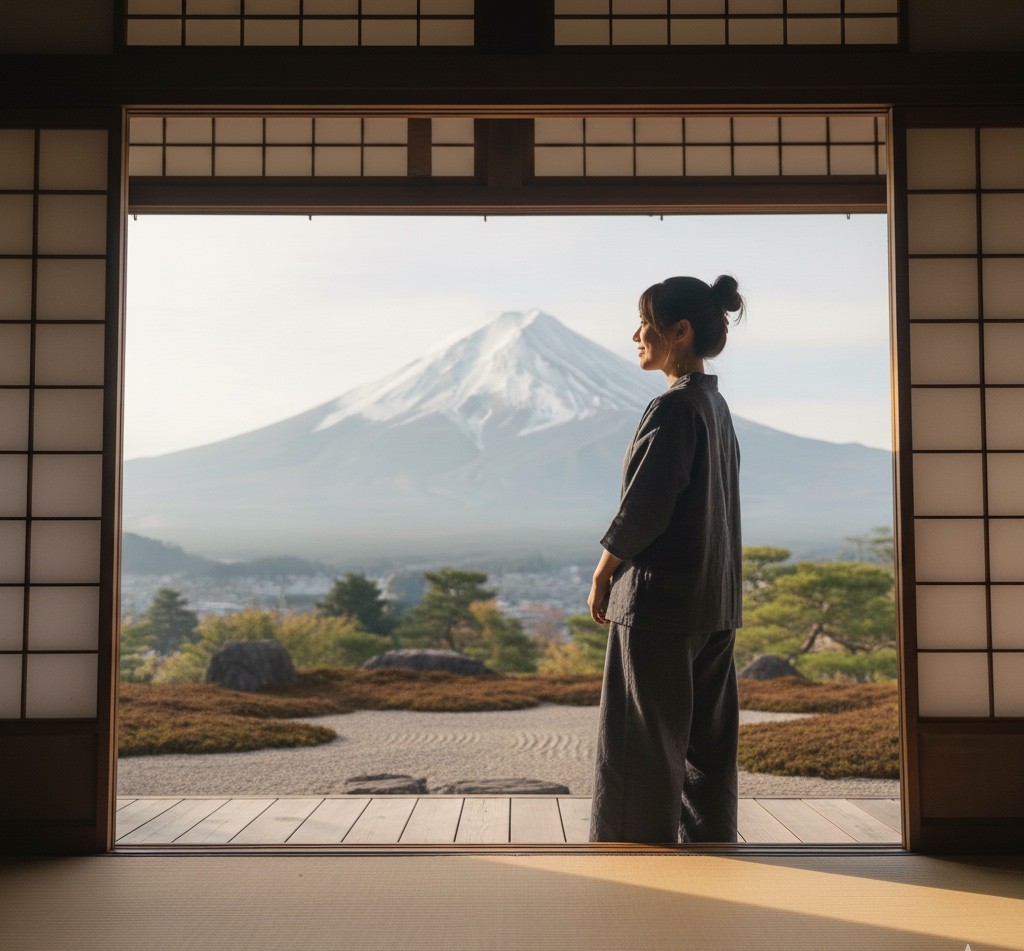
“The meditation retreat in Japan was the highlight of my trip. Sitting quietly near Mt. Fuji gave me peace I had never felt before.”
“More than sightseeing — it felt like stepping into the living spirit of Japanese culture.”
“The combination of yoga and zazen was unforgettable. It helped me experience mindfulness in a new way.”
“We joined as a couple, and sutra copying and temple food made the retreat uniquely Japanese.”
“As a senior traveler, I felt supported. Yoga prepared my body, and meditation gave me renewed energy.”
“As a yoga practitioner, the blend of movement and stillness in an authentic Zen setting was powerful.”
Plan Your Visit — Join a Zen Retreat in the Mt. Fuji Region
Your life moves fast. Taking a few hours to breathe may be the most productive decision you’ll ever make. Join a Zen Retreat at Koun-in Temple, and reconnect with presence and peace. Let this be your next mindful step — a hundred feet higher on the bamboo pole.
👉 Visit the Official Zen Retreat Page: Koun-in Temple Zen Retreat
👉 While in the area, explore: Things to Do Around Mt. Fuji
Closing Reflection — Mindfulness Is Coming Home
Five minutes of breathing at your desk. A morning of sitting in silence by Mt. Fuji. Different forms, same essence: returning home to yourself.
“When the mind rests in awareness, even ordinary moments become sacred.”

